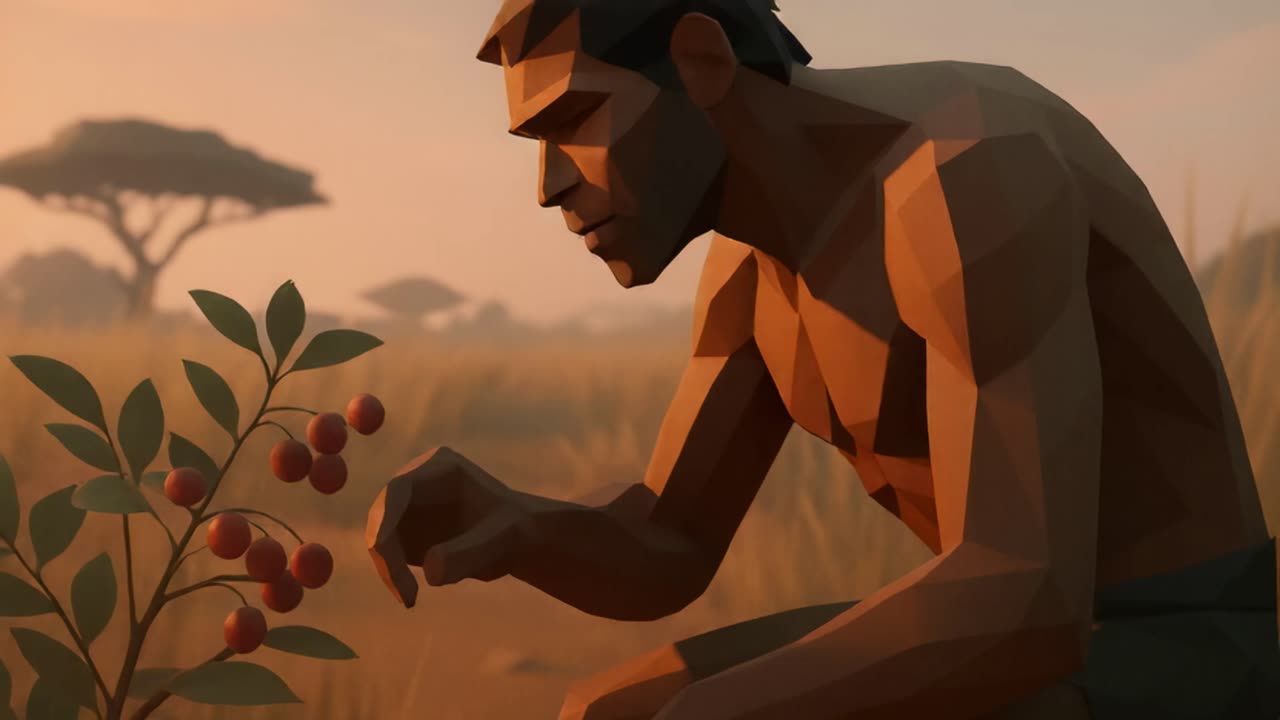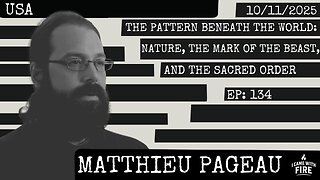Premium Only Content

The Sweet Trap: How Evolution Made Us Addicted to Sugar
We live in a world of sweetness — candies, sodas, desserts at every corner. But deep inside, the craving for sugar isn’t modern at all. It’s ancient.
In this cinematic documentary, The Hidden Feed explores how evolution, biology, and culture created a perfect trap — one cube of sugar at a time.
Long before supermarkets and advertising, early humans searched endlessly for energy. Ripe fruit, rare honey — nature’s most precious source of quick calories. Over millions of years, our brains learned one rule: sweet means survival.
That instinct never left. What changed was the world around us.
Today, food companies engineer flavor, scent, and color to trigger the same neural reward circuits our ancestors relied on. Every can of soda, every chocolate bar lights up dopamine pathways — the same brain regions activated by excitement, success, even love.
It’s not just taste; it’s memory, emotion, and impulse combined. We’re not simply choosing dessert — we’re answering an ancient signal coded in our DNA.
Scientists have discovered the genes behind our “sweet tooth” — TAS1R2 and TAS1R3 — and traced hormonal regulators like FGF21, a molecule that can actually reduce our desire for sugar. Yet, despite these mechanisms, our environment constantly overwhelms them.
Evolution built us to survive scarcity, but we live in abundance.
Each small decision — choosing fruit over soda, cooking instead of buying processed snacks — rewires a part of that evolutionary story. Awareness becomes adaptation. Evolution doesn’t stop; it just changes direction.
This film blends low-poly cinematic visuals and scientific storytelling to ask a simple question:
If sugar once kept us alive, what does it do to us now?
-
 56:25
56:25
MentourPilot
1 year agoTITANIC of the Skies! - The Untold Story of Air France 447
21.1K5 -
 LIVE
LIVE
Lofi Girl
2 years agoSynthwave Radio 🌌 - beats to chill/game to
304 watching -
 2:07:47
2:07:47
LFA TV
16 hours agoTHE RUMBLE RUNDOWN LIVE @9AM EST
67.3K8 -
 2:20:46
2:20:46
I_Came_With_Fire_Podcast
11 hours agoThe Pattern Beneath the World: Nature, The Mark of the Beast, & the Sacred Order
18.5K22 -
![Mr & Mrs X - [DS] Antifa Are Planning An Insurrection,Trump Has Prepared The Counterinsurgency-EP 11](https://1a-1791.com/video/fwe2/6b/s8/1/k/3/R/p/k3Rpz.0kob-small-Mr-and-Mrs-X-DS-Antifa-Are-.jpg) 49:56
49:56
X22 Report
6 hours agoMr & Mrs X - [DS] Antifa Are Planning An Insurrection,Trump Has Prepared The Counterinsurgency-EP 11
52.1K53 -
 1:08:57
1:08:57
Wendy Bell Radio
10 hours agoPet Talk With The Pet Doc
50K27 -
 8:47
8:47
Demons Row
2 days ago $1.63 earnedI Spent $50,000 Building My Dream Harley-Davidson 😳💀 (Learn From My Mistakes)
43.9K10 -
 38:18
38:18
SouthernbelleReacts
23 hours ago $1.94 earnedThey Thought the Secret Was Buried… But I’m Screaming! | Reaction to I Know What You Did Last Summer
32.5K1 -
 29:37
29:37
Midwest Crime
1 day ago5 Cops Shot as Minnesota Raid Turns into Chaos
59.6K166 -
 31:08
31:08
mizery
17 days ago $0.58 earnedI Asked 100 Pros To Help Me Go Pro...
15.6K3